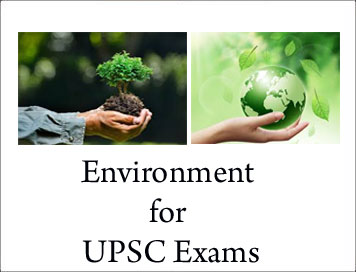-
The Antarctic ozone layer, which shields the Earth from harmful ultraviolet rays, shows encouraging signs that it's beginning to heal, according to research published in the journal Science.
-
Recently it has been found that due to Montreal Protocol (1987) which caused curb on the release of chlorofluorocarbons (CFCs) in the Atmosphere, Ozone layer over the Antarctic is healing.
-
The 1987 Montreal Protocol on Substances that Deplete the Ozone Layer -- called for the phase-out of substances including chlorofluorocarbons and halons, once present in refrigerators, aerosol cans and dry cleaning chemicals.
-
The ozone layer, a fragile shield of gas, protects animal and plant life on Earth from powerful UV rays. When the ozone layer is weakened, more UV rays can get through and affect humans, making them prone to skin cancer, cataracts and other diseases. There also may be consequences for plant life, including lower crop yields and disruptions in the ocean's food chain.
-
The Antarctic ozone hole is an area of the Antarctic stratosphere which came into prominence during 1980s due to very large hole.
-
It occurs during the Antarctic spring, from September to early December.
-
Main reason for the ozone depletion is the presence of chlorine-containing source gases primarily CFCs and related halocarbons. In the presence of UV light, these gases dissociate, releasing chlorine atoms, which then go on to catalyze ozone destruction.
-
The Cl-catalyzed ozone depletion can take place in the gas phase, but it is dramatically enhanced in the presence of polar stratospheric clouds (PSCs) because they provide a surface for the chain reaction to maximise.
-
Sunlight is the reason causing ozone depletion during spring. During winter, even though PSCs are at their most abundant, there is no light over the pole to drive chemical reactions.
-
As per recent study, natural processes such as El Nino and volcanic eruptions have slowed down the process of ozone healing.


 What
is QUESS?
What
is QUESS?



